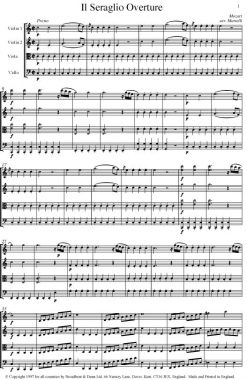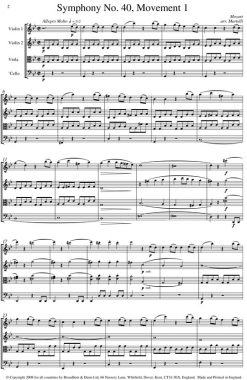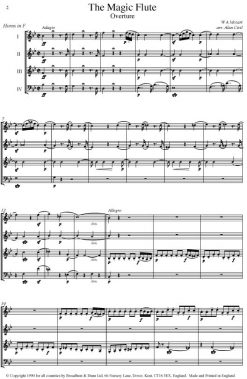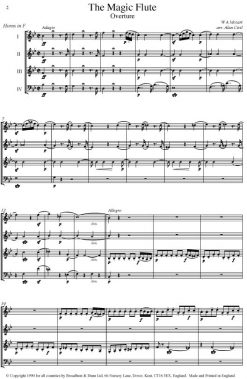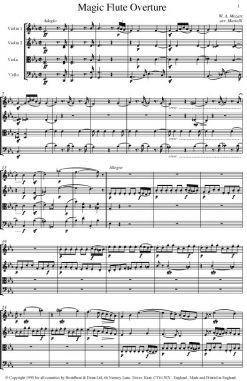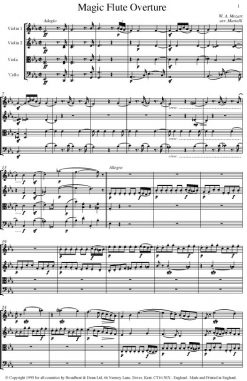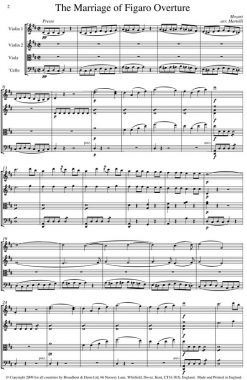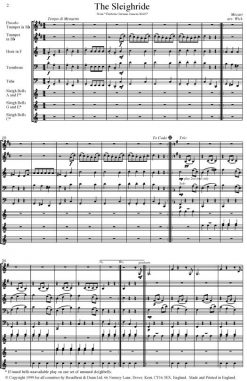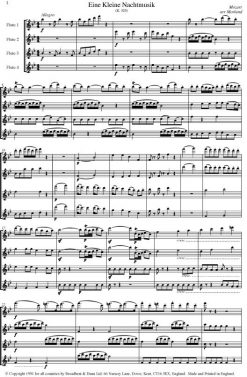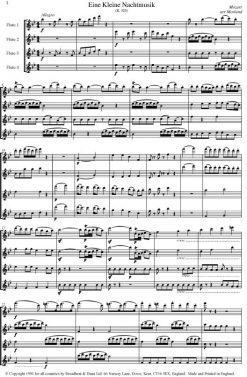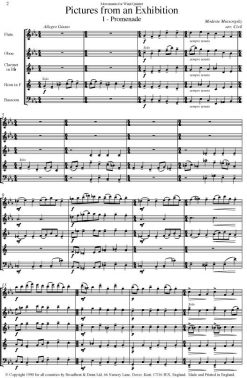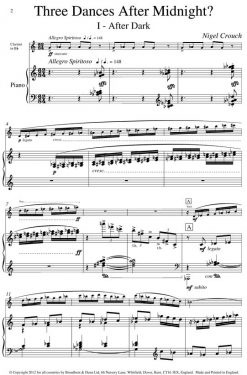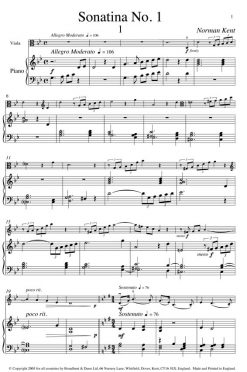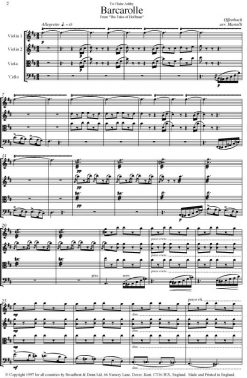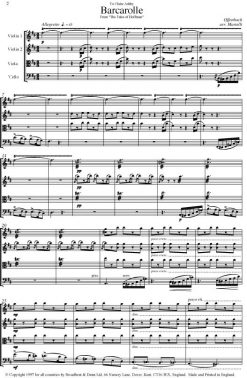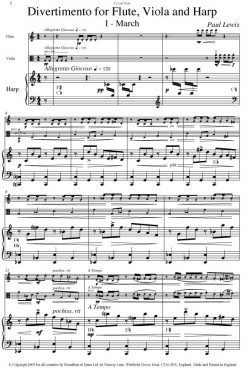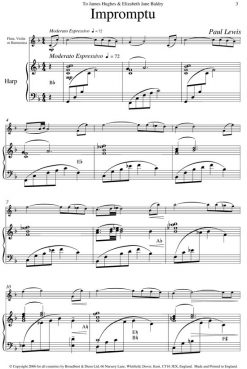£11.95
The first movement After Dark has been a Trinity College London Grade 7 Exam Piece since November 2022
Three Dances After Midnight? is a work that displays much of the clarinet's unique character. The first movement is positive with fast lyrical lines, punctuated with accented chromatic figures. The second movement has a long unfolding melody in a slow waltz style, melancholic and reflective in mood. The third movement is playful and quirky with an American influence, and concludes with a klezmer style passage leading to the final rhythmic ending. This work provides the opportunity for the performer to display a rounded technique where fast passagework, characterful articulation and soft lyricism create an ever changing interplay. The gripping opening of After Dark, the gentle melancholy of Before Dawn and the energetic style and bravura climax to Anytime You Like make this an ideal addition to the concert repertoire as well as examination and audition requirements, while the piano is also very much an equal partner throughout the piece.
Three Dances After Midnight? has been recorded on the album
Under The Influence with Max Welford on clarinet and Marcus Andrews on piano.
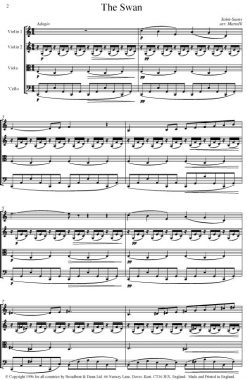 Saint-Saëns - The Swan from The Carnival of the Animals (String Quartet Parts) - Parts Digital Download
1 × £5.95
Saint-Saëns - The Swan from The Carnival of the Animals (String Quartet Parts) - Parts Digital Download
1 × £5.95  Schubert - Marche Militaire, Opus 51 No. 1 (String Quartet Score) - Score Digital Download
1 × £3.95
Schubert - Marche Militaire, Opus 51 No. 1 (String Quartet Score) - Score Digital Download
1 × £3.95  Richard Bissill - Three Portraits (Horn Octet) - Score Digital Download
1 × £8.95
Richard Bissill - Three Portraits (Horn Octet) - Score Digital Download
1 × £8.95 
